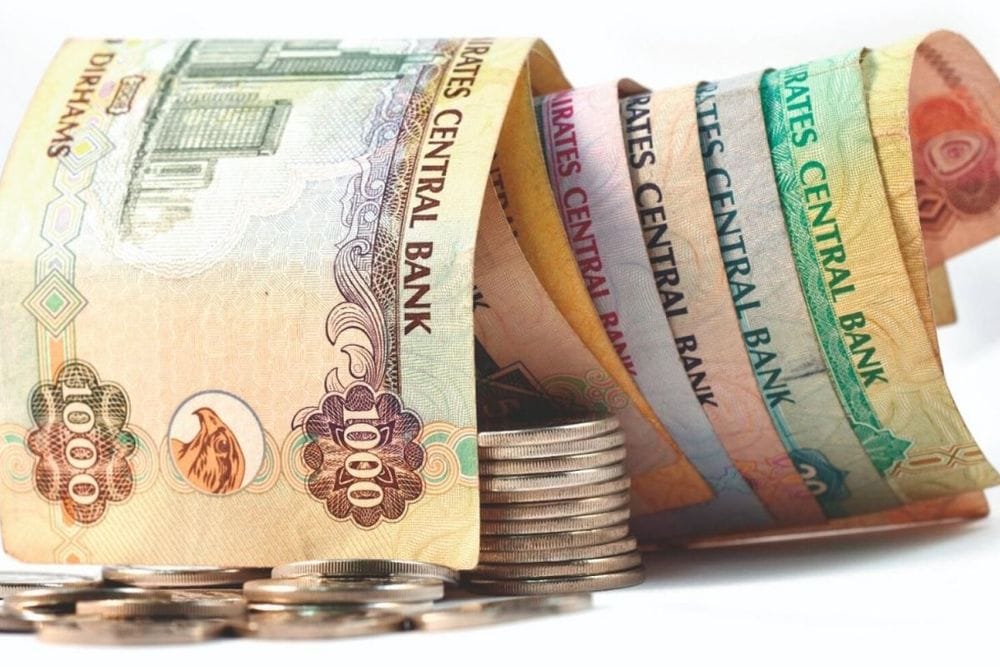The size of UAE's outstanding debt capital market (DCM) rose 10 percent year-on-year, a new report showed.
According to Fitch Ratings’ UAE Debt Capital Markets Dashboard: 2024, the figure rose to $270 billion for all currencies at the end of 2023, with 71.4 percent in US dollars (2020: 87.5 percent) and 20.5 percent in dirham.
(2020: 0.5 percent). Among US dollar DCM issuances, sukuk was a sizeable 35 percent, up from 24 percent in 2022.
For DCM issuance across all currencies, sukuk had an 8.7 percent share which, while lower than US dollar issuance, is rising due to multiple dirham issuances (2022: 5.2 percent).
In 2023, sukuk issuance in all currencies jumped by 115 percent year-on-year ($12.7 billion), while bond issuance was slower, rising 23.6 percent year-on-year ($132.9 billion). The federal government started issuing dirham T-bonds in 2022 and shifted to T-sukuk after Q2 2023. Fitch rates $22.7 billion of UAE sukuk, 96.5 percent of which is investment grade (2022: 91 percent).
“About 8 percent of sukuk issuers have a Positive Outlook (2022: 28.7 percent), 92 percent have a Stable Outlook (2022: 71.2 percent), and no sukuk has defaulted,”
the report, written by Bashar Al Natoor, Global Head - Islamic Finance, and Saif Shawqi, Associate Director - Islamic Finance, said.

The UAE’s debt-to-GDP ratio will remain close to 32 percent in 2023-2025, below the ‘AA’ category median. This reflects a large surplus in Abu Dhabi, stable debt in Dubai and Ras Al Khaimah, rising debt in Sharjah to fund the budget deficit, and continued borrowing by the federal government to build the yield curve and to seed the Emirates Investment Authority. Fitch expects the central bank to continue moving rates in lockstep with the US Federal Reserve (2024F: 4.75 percent).
“UAE banks are important debt investors, with their investment portfolios rising 21.7 percent year-on-year as of the first nine months of 2023 to $163.6 billion, or 15 percent of total assets. The funding and liquidity profile of the banking system is solid, supported by deposit growth (11.4 percent year-on-year) outpacing loan growth (5.1 percent),”
the report said.
The UAE had the largest US dollar DCM in the Gulf Cooperation Council (GCC) at end-2023 with 37 percent outstanding. Under all currencies, the UAE is second to Saudi Arabia, with respective 30.5 percent and 16 percent shares in the total GCC DCM and sukuk markets. UAE entities are key sukuk issuers (22.5 percent of global US dollar sukuk), investors, and arrangers.

Outstanding UAE ESG debt rose 165 percent year-on-year ($17.1 billion) with 40.2 percent in Sukuk format. The Higher Sharia Authority directed Islamic banks and windows to establish separate sustainable businesses and activities within the existing business lines, including sustainable sukuk issuances and financing. The Dubai Financial Services Authority waived regulatory fees on ESG listings on Nasdaq Dubai for 2024.
“These initiatives could help boost ESG debt issuance in the near term,”
the Fitch report said.
Fitch expects DCM to reach $300 billion outstanding in 2024-2025, and Sukuk to continue being a growing part of UAE’s funding mix, on the back of the government implementing the Dirham Monetary Framework, issuers seeking to diversify funding, and strong investor demand. Nasdaq Dubai is expected to continue being one of the top listing centres for US dollar sukuk globally, giving the UAE a competitive edge. Risks for DCM growth include rising rates and oil prices, and additionally for sukuk, AAOIFI-Sharia standards adoption issues.
News Source: Khaleej Times









